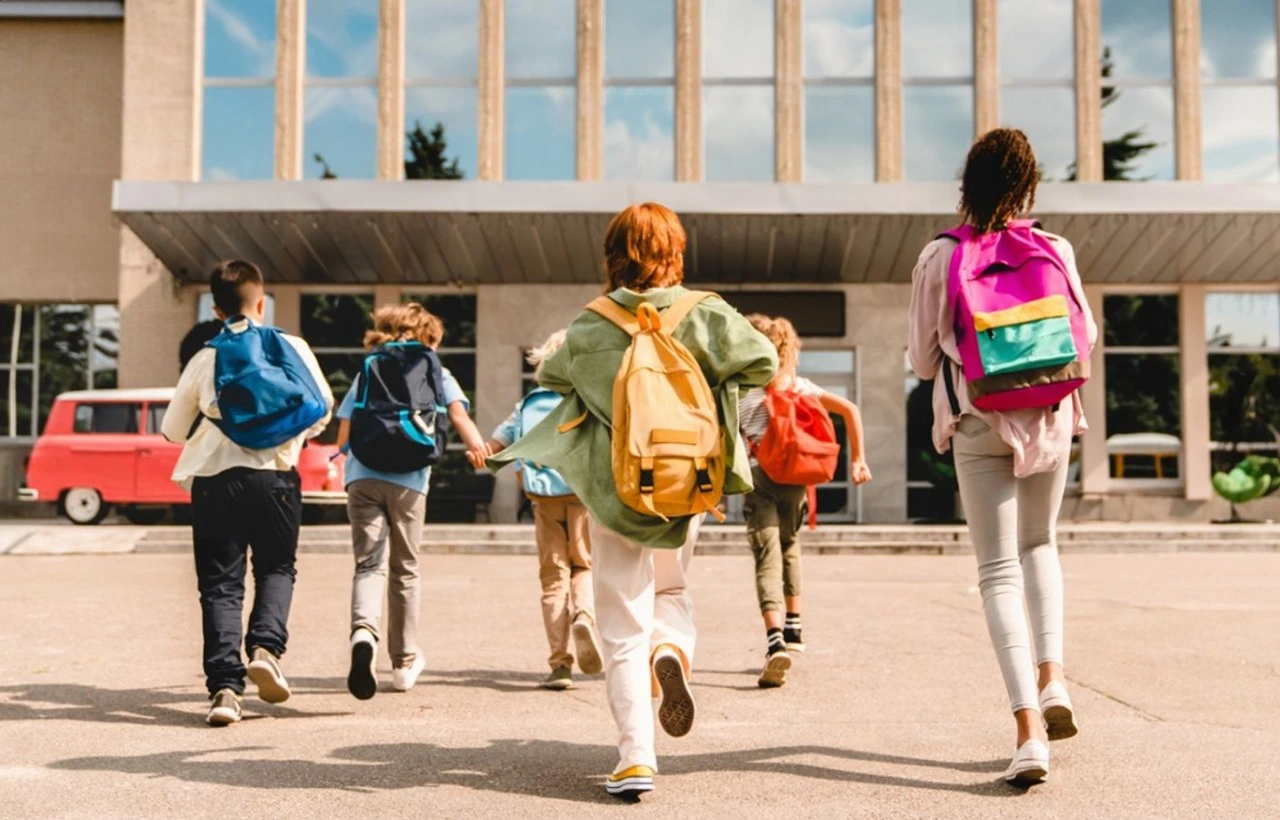Navigating Anxiety: Easing the Transition Back to School for All Ages

As summer fades and the school year approaches, a familiar wave of anxiety sweeps over students of all ages—preschoolers, middle schoolers, and high schoolers alike. The transition back to school can be daunting, often filled with uncertainties about new environments, social dynamics, and academic pressures. Understanding the different challenges faced at each educational stage is crucial in supporting our children through these transitions. In this blog post, we will explore the sources of anxiety associated with returning to school and share practical strategies to ease these feelings.
Understanding Anxiety in Different School Environments
Preschool:
The First Step into Education For preschoolers, the transition back to school marks a significant milestone. Children may feel anxious about separating from their parents or guardians for the first time. They might also worry about making new friends or adapting to unfamiliar routines. These feelings are entirely normal but can manifest as clinginess, tantrums, or reluctance to attend school.
Middle School:
A Time of Change As children move into middle school, they experience a multitude of changes—new teachers, larger classrooms, and complex social hierarchies. This age group often faces heightened social pressures and expectations around academic performance. Anxiety may present itself through worries about fitting in or fear of being judged by peers.
High School:
The Pressure Intensifies High school brings its own set of anxieties, including college preparation, increased workload, and evolving relationships. Students may grapple with identity issues and peer acceptance while juggling extracurricular commitments alongside academics. The fear of failure or not measuring up can lead to overwhelming stress.
Easing Anxiety for a Smooth Transition
Recognizing these unique challenges is the first step toward providing support. Here are some effective strategies that can help ease anxiety for students returning to school:
1. Breathing Exercise:
The 4-7-8 Technique Teaching children how to control their breath can significantly reduce anxiety levels.
The 4-7-8 breathing technique is simple yet effective:
- **Inhale** deeply through your nose for **4 seconds**.
- Hold your breath for **7 seconds**.
- Exhale slowly through your mouth for **8 seconds**.
- Encourage your child to practice this technique when they feel anxious or overwhelmed; it promotes relaxation and helps clear the mind.
2. Quiet Coping Mechanism:
Mindful Colouring Mindful colouring is an excellent quiet coping mechanism that allows children to express their creativity while focusing on calming their minds. Provide your child with colouring books or print out coloring pages that interest them. Encourage them to take their time with each stroke and concentrate on the colours they choose—a great way to promote mindfulness.
3. Grounding Technique:
The Five Senses Exercise Grounding techniques can help students reconnect with the present moment when anxiety feels overwhelming.
One effective method is the Five Senses Exercise:
- **Sight**: Identify five things you can see.
- **Touch**: Acknowledge four things you can touch.
- **Hearing**: Listen for three sounds around you.
- **Smell**: Recognize two things you can smell.
- **Taste**: Focus on one thing you can taste right now. This exercise encourages mindfulness and helps redirect anxious thoughts toward immediate sensory experiences.
Conclusion:
Building Resilience Together Returning to school doesn’t have to be synonymous with anxiety. By understanding the unique challenges at each educational stage and implementing simple yet effective coping strategies like breathing exercises, mindful activities, and grounding techniques, we can empower our children to face these transitions with confidence and resilience. The key lies in open communication—encouraging your child to express their feelings about returning to school while offering reassurance and support will go a long way in alleviating their fears. As we approach another school year filled with possibilities, let’s equip our children with tools that foster emotional well-being—after all, a positive mindset is just as important as academic success.













